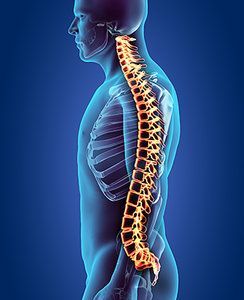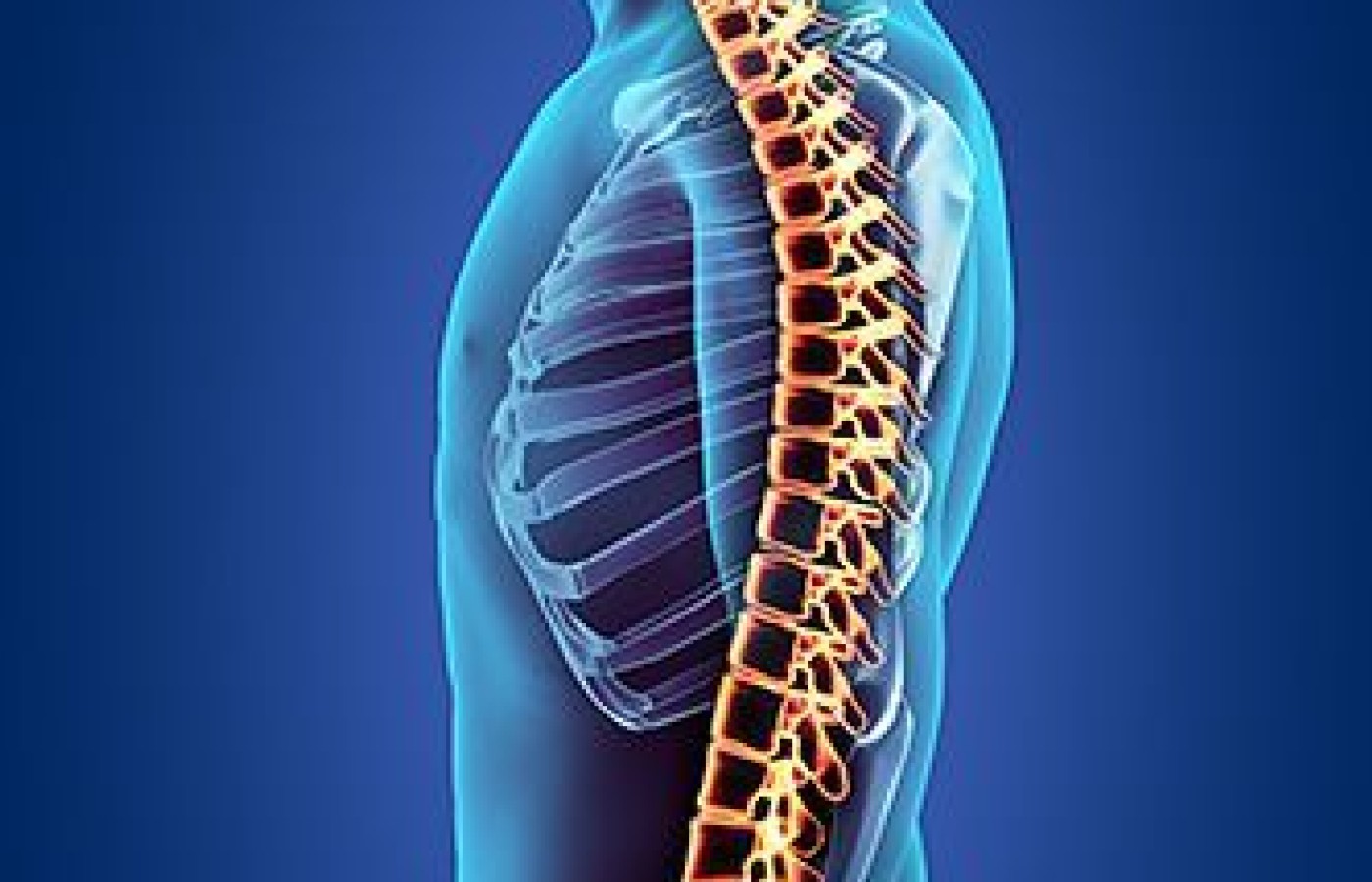On Oct. 21, 2025, a judge in Florida issued a groundbreaking decision in Complete Care v State Farm, 25-CA-1063. It concerns a fact pattern that many chiropractic doctors have faced wherein an insurer, such as State Farm or Allstate, decides to simply stop paying all claims submitted by a healthcare provider.
| Digital ExclusiveAdvancing the "Whole Organ" Spine Model
Historically, the human spine has been organized by body region utilizing specific anatomical landmarks and transition zones. Early anatomists had classified the morphology of the osseous structures accounting to those regions; for example, the cervical region has bifid spinous processes.
This makes absolute sense from an anatomical and structural standpoint; however, when we consider physiological forces and dynamic movement in the human spine, that type of regionalization doesn't seem to be as effective a clinical model as previously thought.
The Functional Spine
In a landmark paper by Panjabi (1992), "The Stabilizing System of the Spine," the author states, "Presented here is the conceptual basis for the assertion that the spinal stabilizing system consists of three subsystems. The vertebrae, discs, and ligaments constitute the passive subsystem. All muscles and tendons surrounding the spinal column that can apply forces to the spinal column constitute the active subsystem."
He continues: "The nerves and central nervous system comprise the neural subsystem, which determines the requirements for spinal stability by monitoring the various transducer signals, and directs the active subsystem to provide the needed stability."1
This is interesting because it is one of the first papers to outline divisions within the spine from a functional perspective, as opposed to anatomical basis for organization. To further put this paper into perspective, it has been referenced 1,998 times since its publication.

When you examine the three subsystems and their functions, what is evident is they are associated with a "whole organ" or "full spine" model which includes the entire human spine from the occiput to the sacrum. These functional subsystems are not defined by "where" they are; they are organized by the "type" of tissue they contain and therefore, each of these major tissue types has a specific role to play.
Practical Application
Chiropractic appreciates and takes into account all three subsystems regardless of anatomical location; that has been our history for 121 years. When the spine is examined from a functional perspective, it is easy to see it is one living "organ" that is interdependent on three subsystems, which in turn are interdependent on each other.
Additionally, it is easy to see that any and all of these subsystems can be affected positively by treatment and exercise; or negatively by an injury or the degenerative process. Panjabi continues by stating, "Degradation of the spinal system may be due to injury, degeneration, and/or disease of any one of the subsystems."1
In a 1950 review article, Barr states: "It is becoming evident that backache is often associated with mechanical instability of a degenerate disk lesion. This is the first reference to instability as a cause of back pain that I have been able to find."2 He continues: "In 1985 Pope and Panjabi in a paper entitled 'Biomechanical definition of spinal instability,' wrote, 'Instability is a mechanical entity and an unstable spine is one that is not in an optimal state of equilibrium. In the spine, stability is affected by restraining structures that if damaged or lax will lead to altered equilibrium and thus instability. Instability is defined as a loss of stiffness.' Panjabi's views were generally accepted by basic scientists interested in this field."2
At the heart of the matter, there seems to be a disconnect between the accepted concepts of basic science, including laboratory spinal biomechanics and clinical intervention and care paths. Perhaps this is due to the focus on spinal anatomy first and physiological function second by mainstream health care education and clinical practice.
Lab vs. Clinical Application
In 2005, Keller, et al., wrote: "Before surgical or conservative rehabilitative treatment is initiated, factors affecting the balance and curvature of the spine must be identified and understood. This implies a need to define a normal or 'ideal' spinal morphology (balance and curvature). Hence, a number of studies have focused on documenting the sagittal morphology of the spine."3
Here, we see the suggestion again that laboratory-confirmed assessment tools for biomechanical alterations of the spine should be applied within a clinical environment.
Biomechanical laboratory-based papers on "whole organ" modeling of the spine are revered, yet clinical publications applying the same material to live patients are often overlooked. For example, Weigand, et al. (2003) published "Cervical Spine Geometry Correlated to Cervical Degenerative Disease in a Symptomatic Group,"4 which has been referenced only 14 times in the past 13 years. In another example, Harrison, et al. (2002) authored "Roentgenographic Findings in the Cervical Spine in Asymptomatic Persons: A 10-Year Follow-Up."5 This paper was published in the prestigious journal Spine, but has been cited in other papers only 11 times in the past 14 years.
We can compare this to additional laboratory-based papers, as well as papers that favor treatment such as exercise over diagnosis. For example, O'Sullivan, et al.'s (2000) "Masterclass, Lumbar Segmental 'Instability': Clinical Presentation and Specific Stabilizing Exercise Management"6 has been cited 495 times in 16 years; and Radebold, et al.'s (2001) "Impaired Postural Control of the Lumbar Spine Is Associated With Delayed Muscle Response Times in Patients With Chronic Idiopathic Low Back Pain"7 has been cited 469 times in the past 15 years.
Taking into consideration what spinal biomechanics research has shown us in the laboratory would be of immense benefit if applied clinically. The chiropractic profession is one of the best professions to bring that information to the forefront and lead the nation on spine care.
References
- Panjabi MM. The stabilizing system of the spine. Part I. Function, dysfunction, adaptation, and enhancement. J Spinal Disorders & Techniques, 1992;5(4):383-389.
- Mulholland RC. The myth of lumbar instability: the importance of abnormal loading as a cause of low back pain. Euro Spine J, 2008;17(5):619-625.
- Keller TS, Colloca CJ, Harrison DE, et al. Influence of spine morphology on intervertebral disc loads and stresses in asymptomatic adults: implications for the ideal spine. Spine J, 2005;5(3):297-309.
- Wiegand R, et al. Cervical spine geometry correlated to cervical degenerative disease in a symptomatic group. JMPT, 2003;26(6):341-346.
- Harrison DE, Bula JM, Gore DR. Roentgenographic findings in the cervical spine in asymptomatic persons: A 10-year follow-up. Spine, 2002;27(11):1249-1250.
- O'Sullivan PB. Masterclass. Lumbar segmental 'instability': clinical presentation and specific stabilizing exercise management. Manual Ther, 2000;5(1):2-12.
- Radebold A, Cholewicki J, Polzhofer GK, et al. Impaired postural control of the lumbar spine is associated with delayed muscle response times in patients with chronic idiopathic low back pain. Spine, 2001;26(7):724-730.



